

William Stopford
8.5
5 Days Ago
Tesla is introducing a Full Self-Driving subscription, giving US owners the chance to see if they like the feature before they shell out thousands of dollars for it.

News Editor
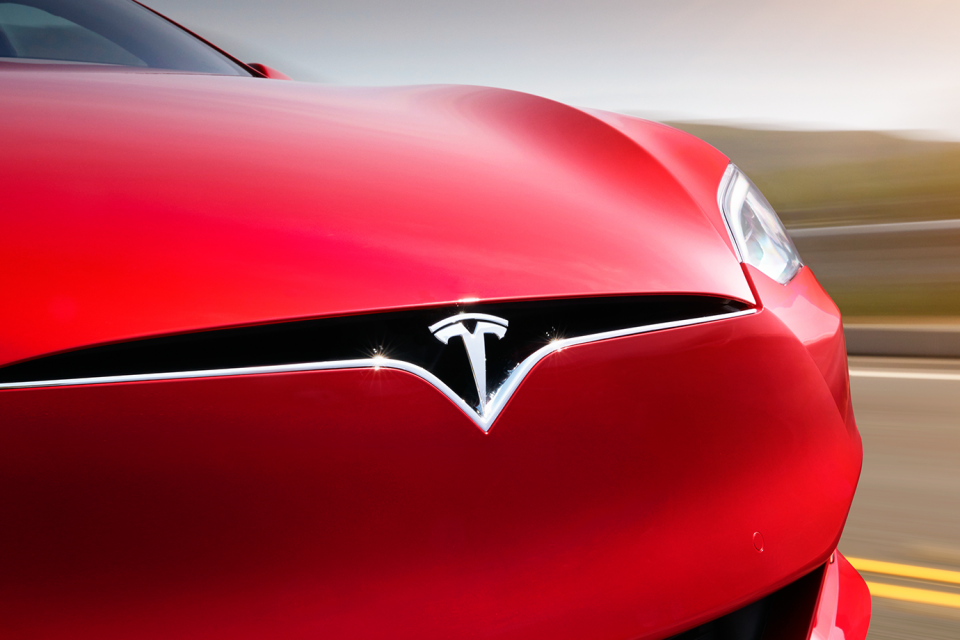

News Editor
Tesla owners who want to try out the so-called Full Self-Driving but don’t want to pay a steep upfront cost now have another option: a subscription.
US Tesla owners will be able to add and use the feature for a monthly fee of either $99 (A$134) or $199 (A$269). They can cancel the subscription at any time.
CarExpert understands the subscription model will only be available in the US for now.
Vehicles will need to be equipped with the Full Self-Driving (FSD) computer 3.0 or above plus either Basic or Enhanced Autopilot, though you can pay to have the FSD computer installed.
The US$99 subscription is for cars equipped with the discontinued Enhanced Autopilot package, while owners with only Basic Autopilot pay $199/month.
This change to a subscription model comes after FSD was released with a one-off price. In Australia, it costs $10,100.
The FSD package currently includes a range of driver assists including the beta ‘Navigate on Autopilot’, which will guide the car along a highway, activate the indicator and complete lane changes.
‘Summon’ mode allows you to use your key or the mobile app to bring the car out of a tight parking space, while ‘Smart Summon’ ups the ante by navigating around obstacles.
There’s also an auto-parking feature and a beta traffic light and stop sign control function, and Tesla plans to add an ‘Autosteer’ function for city streets.
Buying the package outright also includes the FSD computer hardware itself.
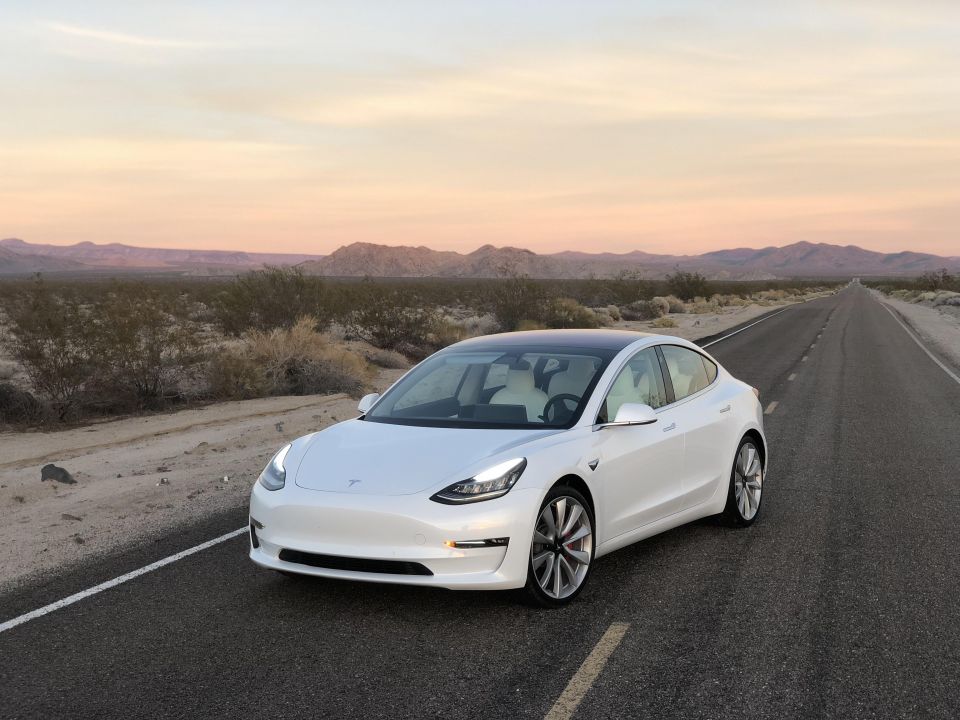
Earlier this month, Tesla released its latest “Full Self-Driving” software to owners signed up to its public beta program.
Foreshadowed by Elon Musk early in July, the updated version of what Tesla calls Full Self-Driving (but isn’t close to a fully autonomous system) expands the reach of the brand’s Autopilot driver assists beyond the highway.
“Full Self-Driving is in early limited access Beta and must be used with additional caution. It may do the wrong thing at the worst time, so you must always keep your hands on the wheel and pay extra attention on the road,” the FSD release notes say.
“Do not become complacent. When Full Self-Driving is enabled your vehicle will make lane changes off highway, select forks to follow your navigation route, navigate around other vehicles and objects, and make left and right turns.
“Use Full Self-Driving in limited Beta only if you will pay constant attention to the road, and be prepared to act immediately, especially around blind corners, crossing intersections, and in narrow driving situations.”
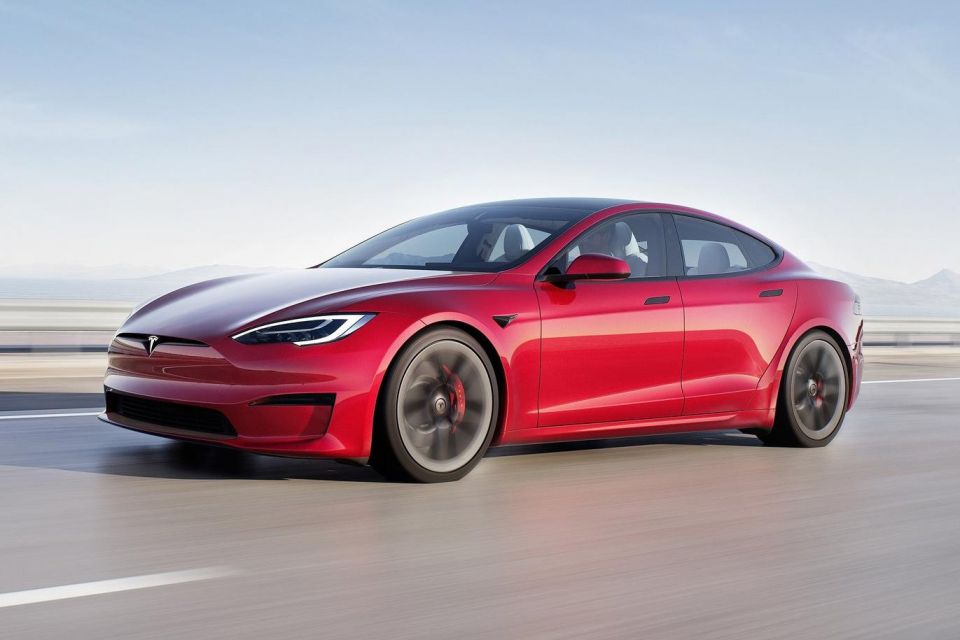
Both Full Self-Driving and the less intelligent Autopilot have copped criticism for featuring flashy names that promise capability the systems can’t quite deliver.
Social media videos showing Tesla owners sitting in the back seat of their moving cars, plus subsequent criticism from US and European authorities and a series of high-profile accidents have led Tesla to make changes to its systems.
A recent software update means the Tesla Model 3 and Model Y, and the latest Model S and Model X, will use their cabin cameras to monitor drivers when the semi-autonomous cruise control and lane-keeping system, branded Autopilot, is active.
If the camera detects the driver isn’t paying attention, the car will prompt them to take control. If they don’t, the system will deactivate as a safety precaution.
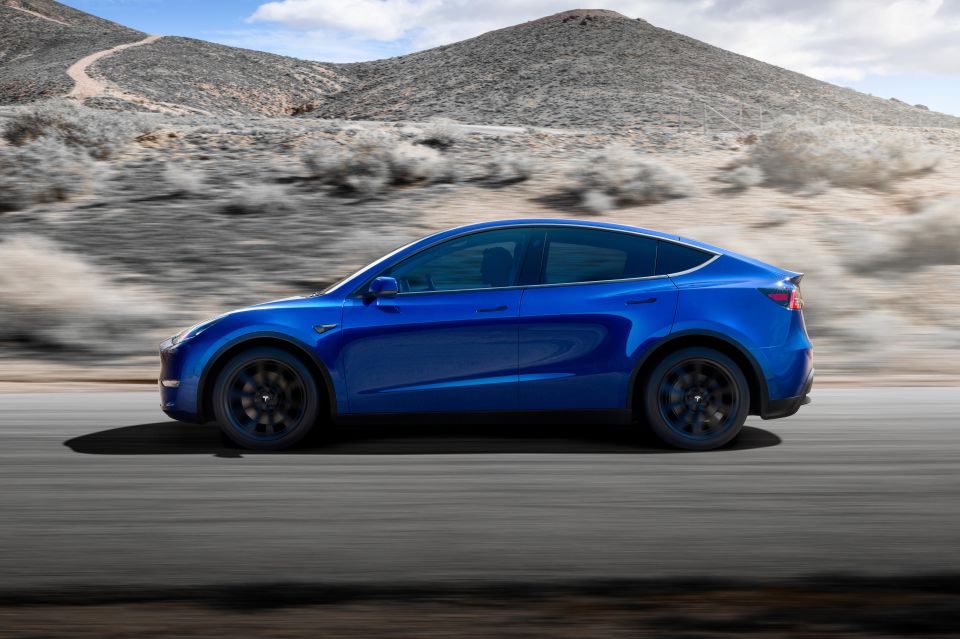
Rivals like Ford and General Motors already employed this technology, while previously Tesla relied on steering wheel sensors to detect whether drivers were paying attention.
Consumer Reports showed it was possible to operate a Model Y from its second row on a closed course even without a driver in the front seat.
Take advantage of Australia's BIGGEST new car website to find a great deal on a Tesla.
William Stopford is an automotive journalist based in Brisbane, Australia. William is a Business/Journalism graduate from the Queensland University of Technology who loves to travel, briefly lived in the US, and has a particular interest in the American car industry.


William Stopford
8.5
5 Days Ago
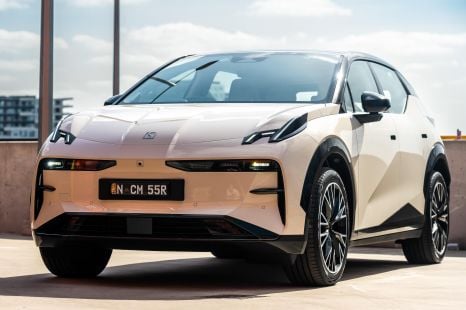

James Wong
7.9
4 Days Ago
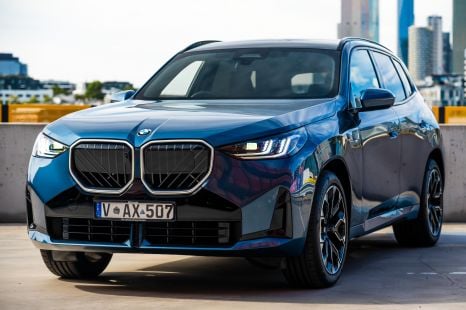

Jack Quick
8.4
3 Days Ago
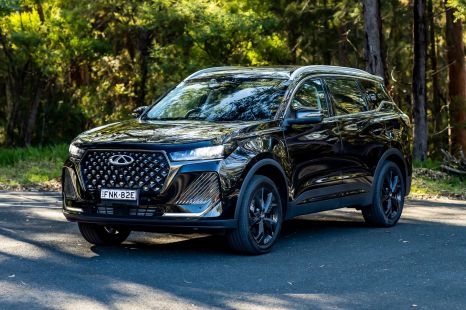

Matt Campbell
8.1
2 Days Ago
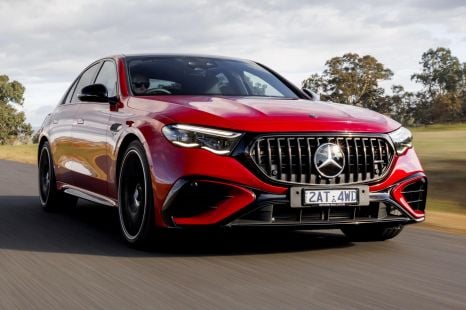

Max Davies
8
1 Day Ago
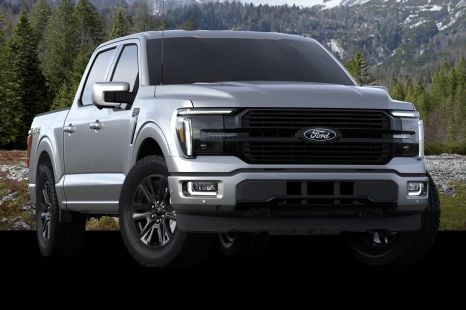

William Stopford
20 Hours Ago